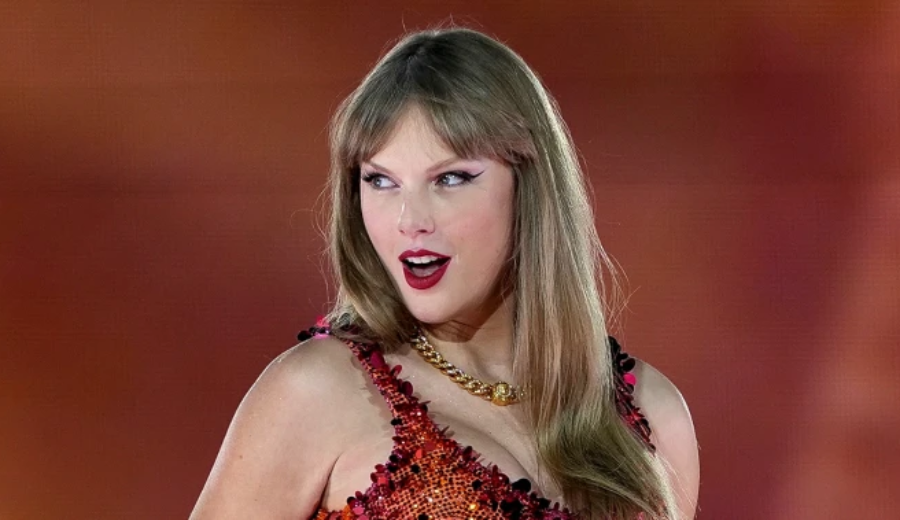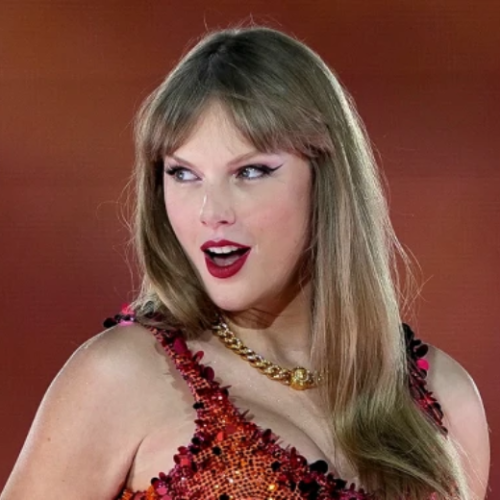By Sharon Smith | Business | March 20, 2025
Despite ongoing economic uncertainty, U.S. retail sales have shown signs of resilience, offering a glimmer of hope for businesses and consumers alike. Recent data indicates a modest uptick in spending, suggesting that while shoppers remain cautious, they are still willing to open their wallets—albeit with greater selectivity.
Economic analysts point to key factors shaping this trend, including inflationary pressures, wage growth, and evolving consumer preferences. While rising prices continue to influence purchasing power, a strong labor market and steady employment rates have helped sustain overall spending levels. However, where and how consumers choose to spend their money is shifting dramatically.
Luxury goods and e-commerce platforms are experiencing notable gains, with high-income consumers continuing to indulge in premium products and online shopping remaining a dominant force. In contrast, traditional brick-and-mortar retailers, particularly department stores and legacy retail chains, are facing ongoing challenges. The divide between thriving and struggling sectors highlights the need for retailers to innovate, enhance digital experiences, and rethink their strategies to stay competitive.
As businesses navigate this evolving retail landscape, the industry’s future remains uncertain yet filled with opportunities. Whether this modest growth signals a lasting trend or a temporary rebound remains to be seen, but one thing is clear—consumer behavior is changing, and the market must adapt.
Reuters – U.S. Retail Sales Data
Read more: Worlradar.io
















